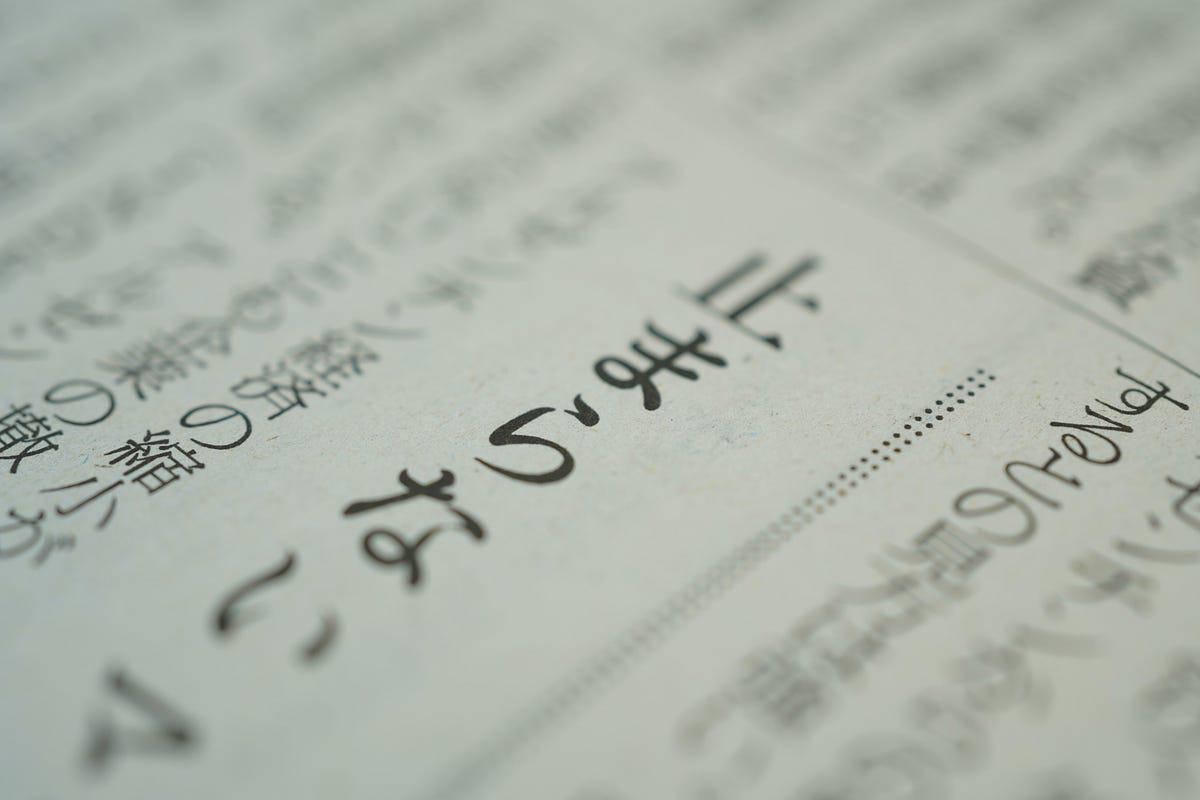Do you know how to count fish in Japanese? Or what do you call the thing you drink from? Or do you refer to the rice in the bowl as rice?
The answer is not as simple as you might think.
I have lived in Japan for 7 years and have studied the Japanese even longer. What surprises me is how the Japanese language differs from English in the world. In English, the Japanese have one word for two different times. As a result, the Japanese point out interesting differences in the world that you might miss in English.
Here are some examples of distinctions that Japanese has that English does not.
ライス(raisu ) vs ご飯(Gohan)
In the United States, if you point to a bowl of rice and ask what it is, I would say "rice." If you point to a bag of rice on the store shelf, I would also say "rice." But not in Japanese.
In Japanese, rice is a very important part of life, so they have more than one word for the small grain we eat.
The Japanese have three main ways to refer to rice:
1.稲(ine) - rice in the husk or still growing in the field
2.米(kome) - uncooked rice, usually white [玄米(genmai)is used to distinguish brown rice]
3.ご飯(Gohan) - cooked white rice
The Japanese do not confuse them or use them interchangeably. Many times, when I talk about things we need to buy at the store, my Japanese wife gets angry that I spend a lot of money on things we could make at home.
However, the biggest thing that confused me when I first arrived in Japan was why some menus say ライス(Raisu) and other menus say ご飯(Gohan).
Like Raisu, Gohan is cooked white rice, but not just any cooked white rice. It is usually used to refer to Japanese rice, which is a short-grain rice with a sticky texture, and in...
